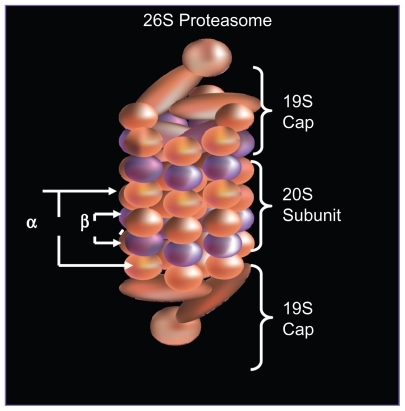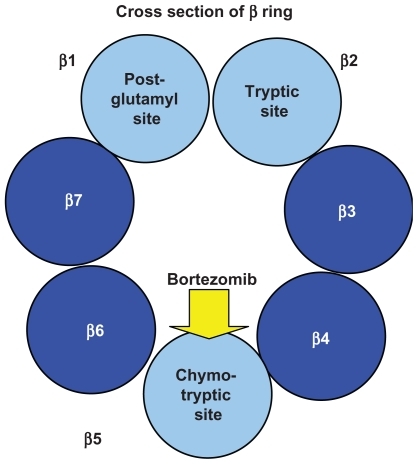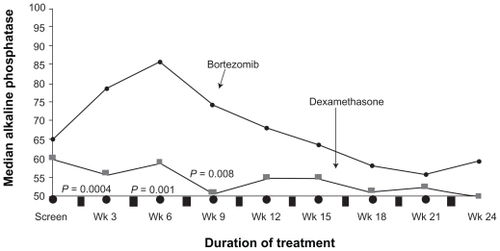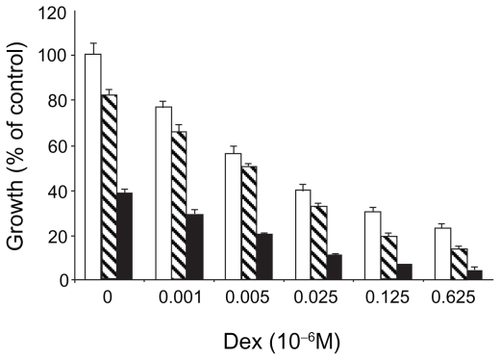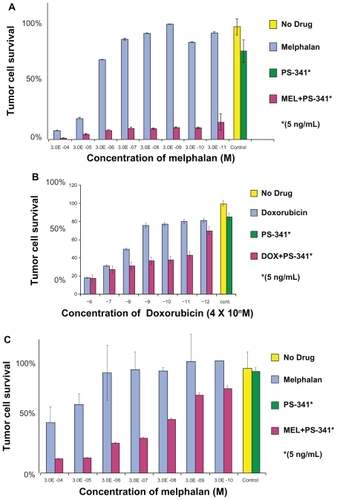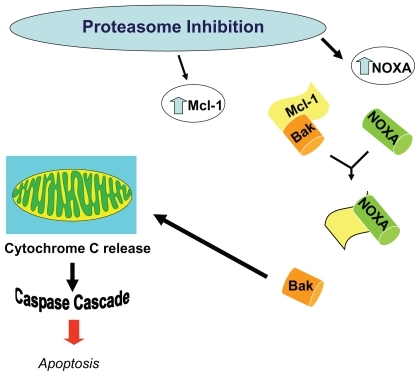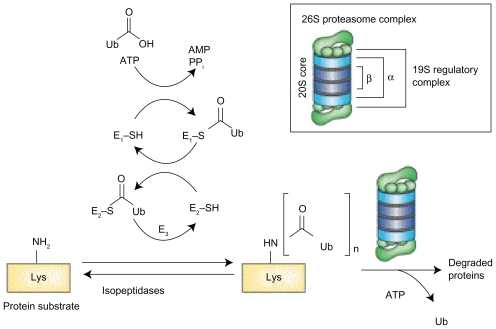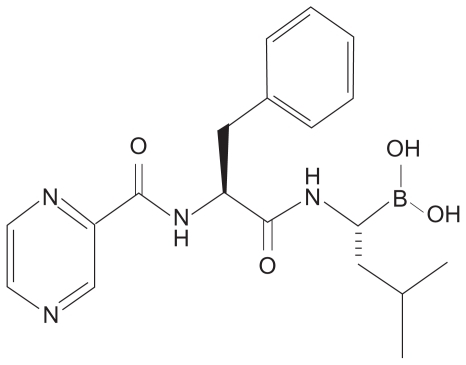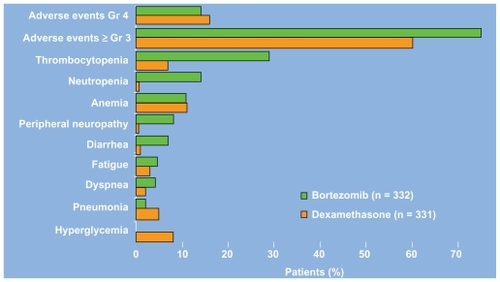Figures & data
Table 1 Clinical trials of bortezomib in doublet-drug combination regimens
Table 2 Clinical trials of bortezomib in triplet-drug combination regimens
Table 3 Clinical trials of bortezomib in multiple drug combination regimens
Table 4 Summary of phase II trials in previously untreated MM
Table 5 Phase I/II and II combination trials in untreated myeloma
Table 6 Recommended dose modification for bortezomib-related neuropathic pain and/or peripheral sensory neuropathyCitation87
Table 7 Classes of proteasome inhibitors
